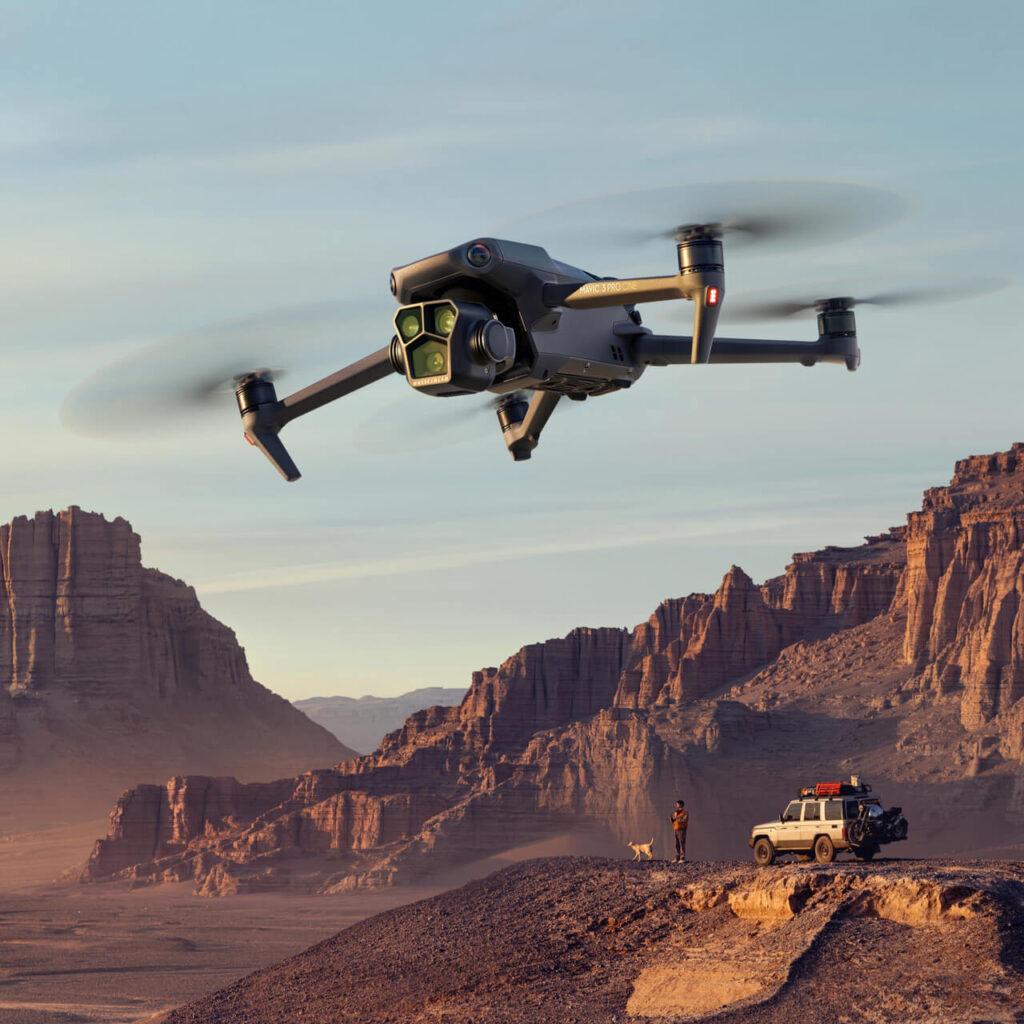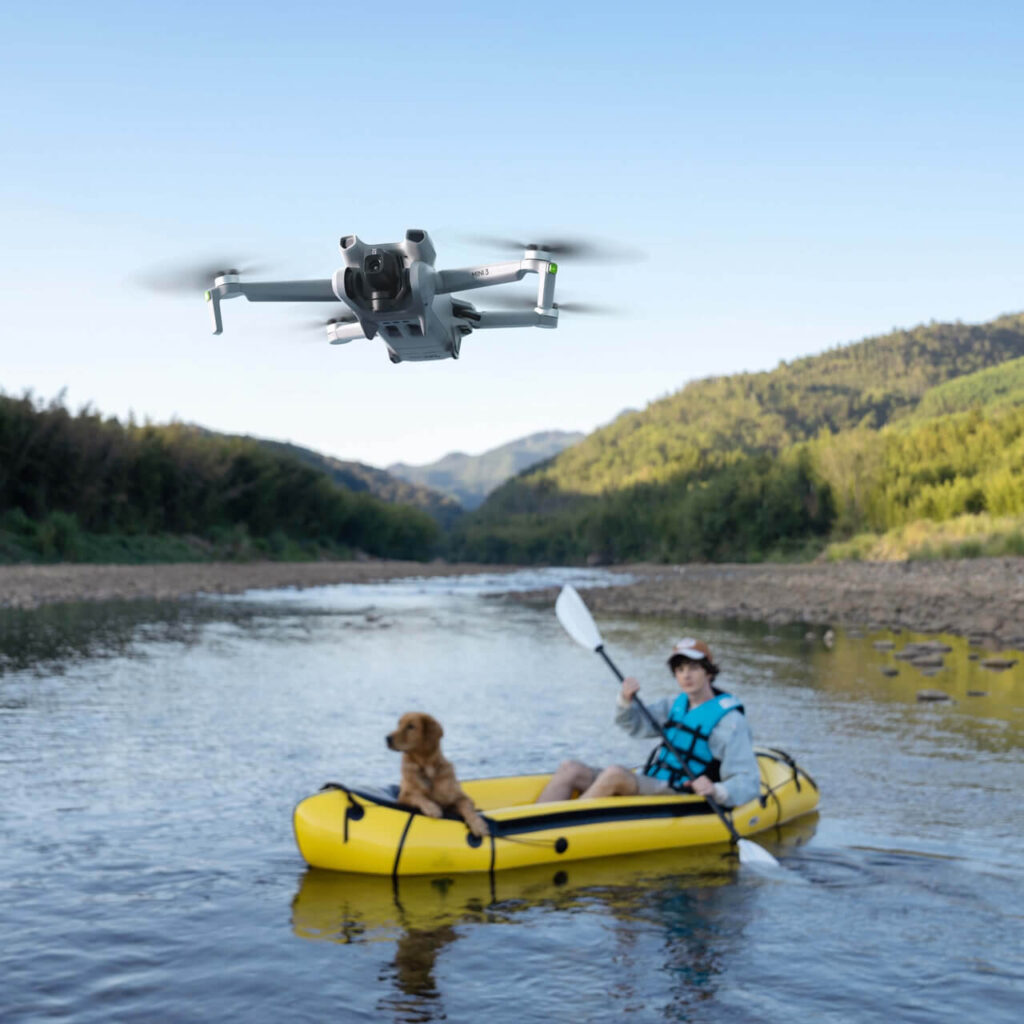Drones, also known as unmanned aerial vehicles (UAVs), have transformed various industries with their versatile applications. While initially recognized for their role in surveillance, photography, and delivery services, drones have found a new and exciting purpose in education and training. In India, the integration of drones in educational settings is steadily gaining momentum, offering a range of benefits for students and educators alike.
This article explores how drones are being utilized for education and training in India, delving into their advantages, challenges, and the promising future they hold.
What are Drones and How are They Used in Education and Training?
Drones are aircraft operated without a human pilot on board, controlled remotely or autonomously.
In the realm of education and training, drones have emerged as innovative tools for enhancing learning experiences across various subjects, especially in the fields of science, technology, engineering, and mathematics (STEM). They are equipped with cameras, sensors, and GPS capabilities, enabling them to collect data, capture images, and navigate complex terrains.

Benefits of Using Drones in Education and Training:
Improvement in STEM Skills: Drones facilitate immersive learning experiences in STEM subjects. Students can grasp concepts related to physics, geometry, and programming by understanding the principles underlying drone flight and operation.
Promotion of Creativity and Innovation: By encouraging students to design, build, and program drones, educators foster creative thinking and innovation. Students can explore unique applications of drones that contribute to solving real-world problems.
Enhancement of Problem-Solving Skills: Operating drones requires problem-solving abilities. Students learn to navigate obstacles, adapt to changing conditions, and troubleshoot technical issues, enhancing their critical thinking and decision-making skills.
Hands-On Learning Experiences: Drones enable experiential learning, allowing students to explore environments that were previously inaccessible. They can conduct environmental surveys, map landscapes, and analyze data collected by drones, providing practical insights beyond textbook knowledge.
Preparation for Future Careers in STEM: As the drone industry grows, so does the demand for skilled professionals. Introducing drones in education equips students with relevant skills, potentially leading to careers in drone piloting, aerial photography, environmental monitoring, and more.
Challenges of Using Drones in Education and Training:
Cost of Drones and Training: Acquiring drones and necessary training can be costly for educational institutions, especially those with limited budgets. Investment in infrastructure, maintenance, and skilled instructors adds to the financial burden.
Safety Concerns: Drones pose safety risks, especially when operated in populated areas. Ensuring the safety of students and bystanders requires strict adherence to regulations and guidelines set by aviation authorities.
Lack of Qualified Instructors: Teaching drone technology effectively demands instructors well-versed in both the technical aspects and pedagogical methods. A shortage of qualified educators can hinder the implementation of drone-based education.
The Future of Drones in Education and Training in India:
Growing Demand for Drone Pilots: India’s expanding drone industry creates a demand for certified drone pilots and operators. Integrating drone training into education equips students with sought-after skills, enhancing their employability.
Increased Investment in Drone Education and Training: With awareness of drones’ educational potential, government bodies, private companies, and educational institutions are likely to invest more resources in integrating drones into curricula and training programs.
Development of New Applications: As educators and students experiment with drones, innovative applications are likely to emerge. From disaster management simulations to agricultural monitoring, drones can open new avenues for practical learning.
In conclusion, drones have transcended their traditional roles to become powerful educational tools in India. By combining theoretical knowledge with hands-on experiences, drones cultivate STEM skills, nurture creativity, and prepare students for dynamic careers. While challenges like cost and safety need to be addressed, the future holds exciting possibilities as the synergy between drones and education continues to evolve. Embracing this technology can empower India’s youth to shape the future and contribute to its technological advancement.




